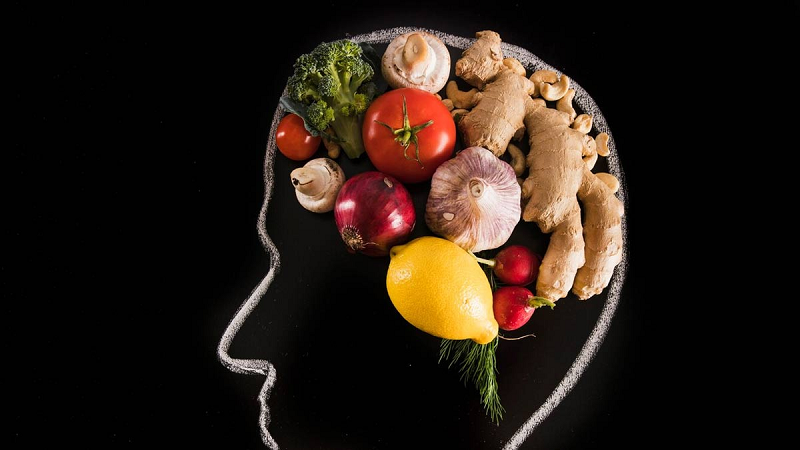
People around the world have long been fascinated and fascinated by twins. The birth of twins is a unique phenomenon that has generated curiosity and intrigue for centuries. Well, from the wonders of genetics to the different types of twins born, there is much to learn and understand about this remarkable phenomenon. Will delve into the intricacies of twin birth, discussing the twins' pregnancy journey and delivery methods.
1. Introduction
The birth of twins is a topic that has fascinated mankind throughout history. Twins in particular have been observed, often associated with a sense of wonder and awe. But what exactly are twins, and how do they come into existence? We'll explore the fascinating world of twin births, uncover the science behind their formation, and look at the various factors that influence their occurrence.

2. Types of Twins
Fraternal twins
Fraternal twins, also known as dizygotic twins, occur when two different eggs are fertilized by two different sperm cells. Each twin develops in its own amniotic sac and has its own placenta. Fraternal twins differ genetically, sharing about 50% of their DNA, similar to any other siblings.
Twin
Identical twins, also known as monozygotic twins, result from the fertilization of an egg by a single sperm. The fertilized egg splits into two separate embryos, each with its own amniotic sac and placenta.
half identical twins
For your information, semi-identical twins, or sequizygotic twins, are an extremely rare phenomenon. When two sperm cells fertilize an egg that has already divided. Occurs in twins who share three sets of chromosomes instead of the normal two sets in identical twins.
Conjoined twins
Conjoined twins, or Siamese twins, are twins who are physically conjoined at birth. This occurs when the fertilized egg partially divides but fails to separate completely. The level of connection can vary, from shared body parts to more complex connections involving vital organs.

3. Factors Affecting Twin Births
There are many factors that can affect the chances of having twins. While some factors are beyond our control, others are influenced by genetics, medical interventions, and various demographic factors.
genetics
Genetics plays an important role in determining the chances of having twins. A family history of twins, especially on the mother's side, increases the chances of conceiving twins.
Fertility treatment
The use of fertility treatments, such as in vitro fertilization or the administration of fertility drugs, can greatly increase the chances of conceiving twins. These treatments often involve stimulating the ovaries to produce multiple eggs, which can result in the fertilization of more than one egg.
CASTEISMAND
Some races have a higher chance of having twins. For example, women of African descent have a higher rate of twin births than women of Asian or Caucasian descent.
4. How are twins formed?
For your information, twins can be formed through various processes both natural and assisted. Let's explore the different ways twins can be formed.
Natural conception
Most twins are conceived naturally when a woman's ovaries release two eggs during ovulation, and both eggs are fertilized by different sperm cells.
Artificial reproductive technology
Artificial reproductive techniques, such as in vitro fertilization, can also lead to twin pregnancies. During IVF, multiple embryos are often implanted into the uterus to increase the chances of successful implantation. The development of twins can occur if multiple embryos successfully attach to the wall of the uterus.
Superfecundation
Superfecundation occurs when a woman releases multiple eggs during ovulation, and each egg is fertilized by a different sperm cell. When a female mates with different partners within a short period of time, resulting in twins with different fathers.










